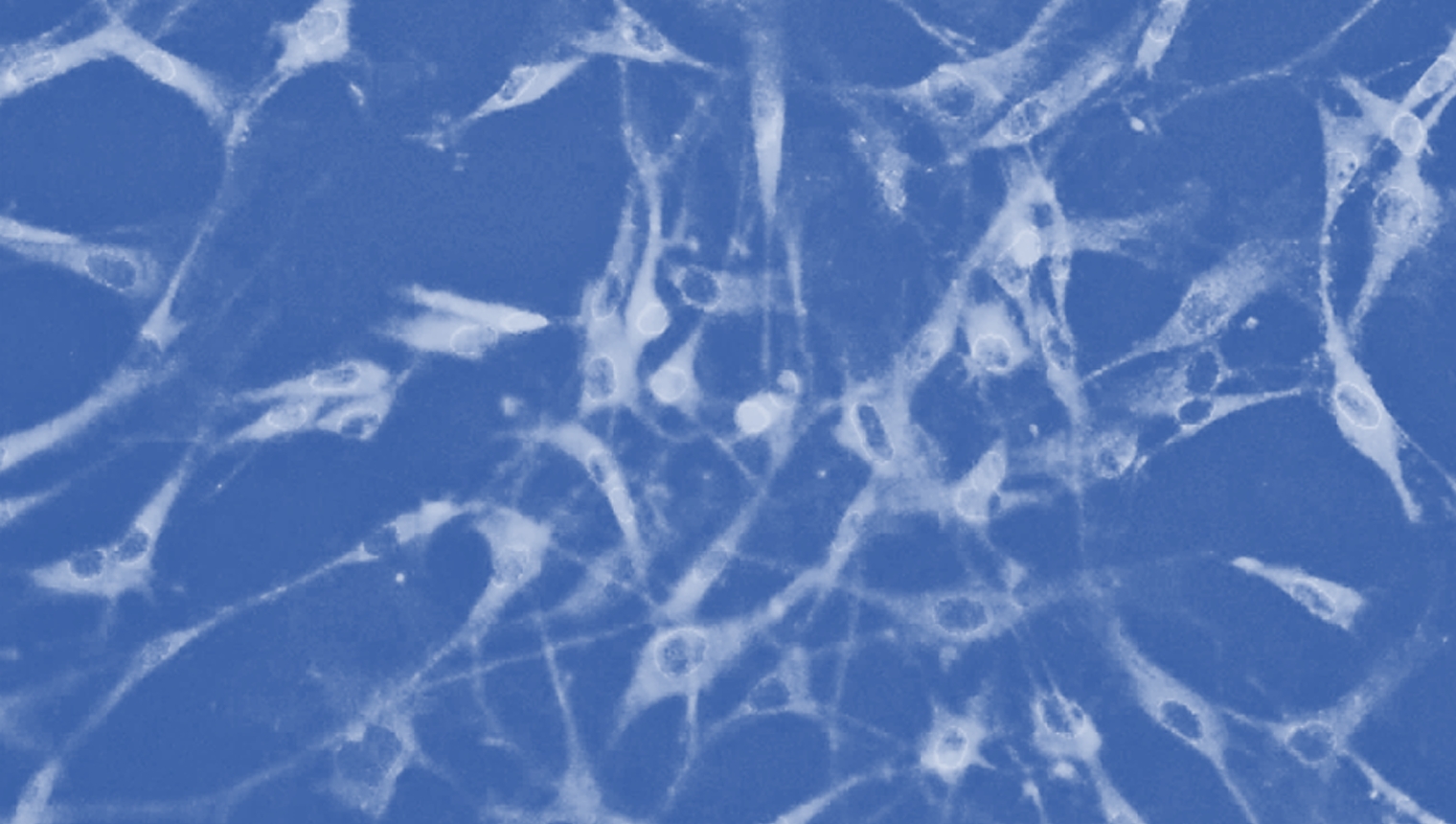
Osteonecrosis

Osteonecrosis  is a disease caused by the loss of blood flow inside the bones, or ischaemia. Without blood supply, the tissue dies (necrosis) and the bone weakens.
is a disease caused by the loss of blood flow inside the bones, or ischaemia. Without blood supply, the tissue dies (necrosis) and the bone weakens.
It can be caused by a disease or serious trauma, such as a fracture or dislocation, which affects the blood supply to the bone. Other times, however, it can occur without any known cause (idiopathic osteonecrosis).
If it occurs near a joint, it can alter it and lead to the earlier onset of osteoarthritis. The bones most commonly affected include the hip, shoulder, knee, elbow, wrist, and ankle.
Cultured Mesenchymal Stem Cell (CMSC) therapy provided by the Institute of Tissue Regenerative Therapy (ITRT)
therapy provided by the Institute of Tissue Regenerative Therapy (ITRT) has proven to slow the progression of osteonecrosis, prevent joint collapse, and eliminate the need for prosthetic implants. It is a definitive solution that regenerates bone and cartilage.
has proven to slow the progression of osteonecrosis, prevent joint collapse, and eliminate the need for prosthetic implants. It is a definitive solution that regenerates bone and cartilage.
In the case of hip osteonecrosis , this treatment can only be performed in cases where the femoral head still retains its spherical anatomical shape.
, this treatment can only be performed in cases where the femoral head still retains its spherical anatomical shape.
Culture-Based Mesenchymal Stem Cell Therapy
The stem cells that can be extracted from the human body are scarce, insufficient to achieve tissue recovery, so ITRT applied the innovation of multiplying them.
The procedure involves a brief and painless initial intervention in which some stem cells are extracted from the patient's iliac crest (pelvis).
These cells are sent to the laboratory to be cultured under ideal conditions for three weeks, so that they multiply to exceed 250 million units. Millions of cells are extracted from this culture, and the rest of the production is cryogenically frozen and stored in case of future patient needs.
Then, approximately 21 days after the first procedure, the mesenchymal stem cells, once they have been CULTURED , are implanted in the area of the injury.
, are implanted in the area of the injury.
"I couldn't walk for more than 10 minutes without having to sit down to rest"
Mariona Borrell is a medical student who came to ITRT with osteonecrosis in both hips. After treating her with 40 million cultured mesenchymal stem cells, she has gone from being unable to walk for more than 10 minutes, living with pain and looking to the future with concern, to enjoying a full life, with quality and confidence in the future.
She has found a definitive, minimally invasive solution to her problem that does not require prosthetics.
Watch this video to learn more

































